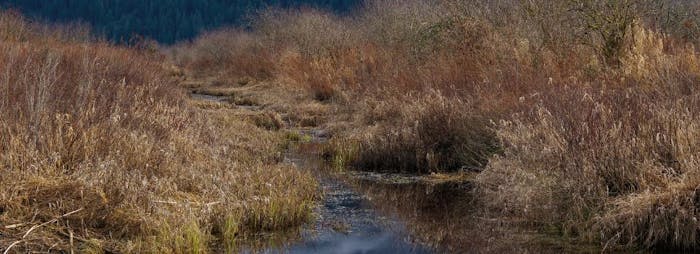Reflooding Brings New Life to Marsh
Disclaimer: The content has been put together as an example of a story populated by users.
Restoration programmes since the 2003 invasion have seen large portions of the former marshland re-flooded."
"Now a major restoration programme has seen people and wildlife return to one of the world's most famous wetlands. Drained to less than 10% of their former size under Saddam's regime, these vast marshes are coming to life again. Through the actions of environmentally-conscious and brave Arabs, the huge embankments have been breached, allowing the water to return."

 06 Clean Water and Sanitation
06 Clean Water and Sanitation
 16 Peace, Justice and Strong Institutions
16 Peace, Justice and Strong Institutions
 15 Life On Land
15 Life On Land
 11 Sustainable Cities and Communities
11 Sustainable Cities and Communities